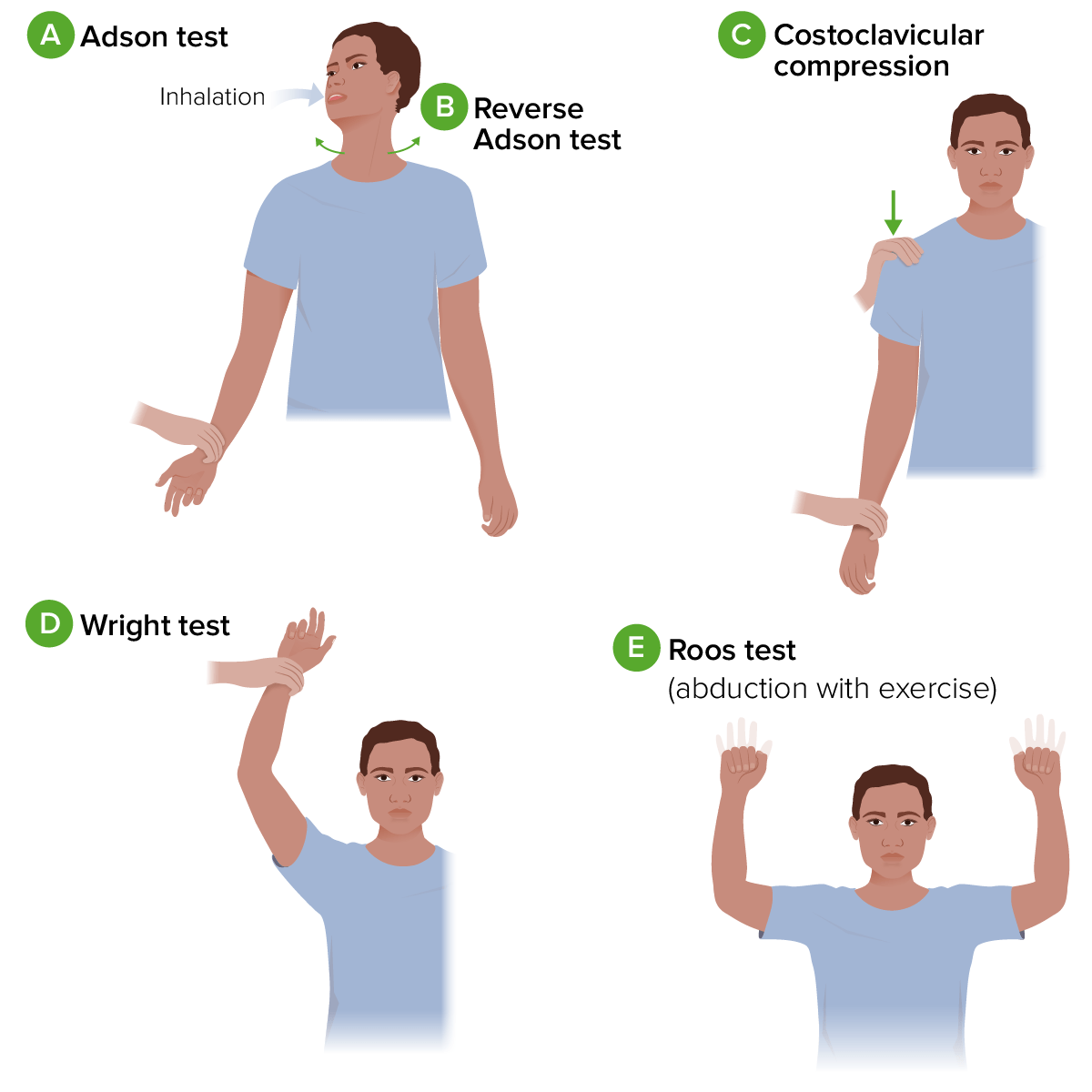
Thoracic Outlet Syndrome Sleeping Position Tips The Modern Life Blog
Thoracic outlet syndrome can be a result of an extra first rib (cervical rib) or an old fracture of the clavicle. many other causes of TOS. The following may increase the risk of developing thoracic outlet syndrome: Sleep disorders Tumors or large lymph nodes in the upper chest or underarm area Stress or depression

Thoracic Outlet Syndrome Structura Body Therapies
Thoracic Outlet Syndrome: Conservative Management guidelines for PT -4- o You may need to change the side of the bed that you currently sleep on. o A wrist splint, elbow pad or cervical neck roll might be helpful. • Driving o Keep your hands low and relaxed on the steering wheel. o If the shoulder strap crosses the clavicle (collar bone) on the

Rehabilitation For Your Thoracic Outlet Syndrome (TOS)! REHAB FOR A BETTER LIFE
Thoracic outlet syndrome is a term used for several rare and different conditions that can occur when nerves and/or blood vessels in the thoracic outlet are compressed (squeezed) or irritated. The thoracic outlet is the space between your collarbone (clavicle) and your first rib. This narrow passageway is crowded with blood vessels, muscles.
Awesome Thoracic Outlet Syndrome Sleeping Position of the decade Learn more here!
Thoracic outlet syndrome (TOS) is a condition that results when the thoracic outlet—the space between the collarbone and the first rib—becomes compressed. This compression can cause pain in the shoulders and neck, as well as numbness and tingling in the fingers. It can also cause headaches.

Sleeping Tips for Thoracic Outlet Syndrome (The 7 Leading Causes That Lead To Poor Sleep) The
Thoracic outlet syndrome (TOS) is a group of conditions in which there's pressure on blood vessels or nerves in the area between the neck and shoulder. This space is known as the thoracic outlet. Compression of the blood vessels and nerves can cause shoulder and neck pain. It also can cause numbness in the fingers.

How to Sleep with Thoracic Outlet Syndrome Wellness Voice
What are some of the causes of thoracic outlet syndrome? What are some sleeping positions that can benefit your thoracic outlet syndrome? Don't delay getting physical therapy treatment any longer. Alliance PTP wants to treat you as soon as possible 3 minutes, 32 seconds

Thoracic Outlet Syndrome Sleeping Positions Captions Save
The Ultimate sleeping position The Thoracic Outlet is a narrow area between the first rib and the collarbone. It is occupied by nerves, blood vessels and muscles. The symptoms arising from compression of the structures within the thoracic outlet can often be exacerbated by poor or inefficient sleeping postures.

Thoracic Outlet Syndrome Sleeping Positions YouTube Thoracic, Brachial, Syndrome
Some symptoms of neurogenic thoracic outlet syndrome include: pain or a dull aching in the neck, shoulder, armpit, arm, or hand. weakness in the arm and shoulder. numbness or pins and needles in.

Thoracic Outlet Syndrome Definition, Causes & Types Video & Lesson Transcript
Thoracic outlet syndrome comprises a group of disorders that result in compression of the brachial plexus and subclavian vessels exiting the thoracic outlet.. visual or hearing disturbances, vertigo, tachycardia, and sleep disturbances [13,14,15]. As. Arms are placed in the surrender position with shoulders at a 90° abduction-external.

Sleeping with Thoracic Outlet Syndrome YouTube
Thoracic Outlet Syndrome (TOS) is a disabling condition caused by the impingement of the brachial plexus between the upper pectoral muscles and the clavicle (collar bone), resulting in.

Síndrome de Salida Torácica Concise Medical Knowledge
Allow your chest and right shoulder to lower towards the ground. Next, slowly bring your right arm back and then reach out toward the ceiling, allowing your chest to rotate outward to the right.

Thoracic Outlet Syndrome Tufts Medical Center Community Care
TOS refers to the conditions caused by blood vessel and nerve compression occurring within the thoracic outlet. This is the area between the clavicle (collarbone) and first rib. The 3 conditions include the following: Neurogenic thoracic outlet syndrome: Neurogenic TOS is the most common type of TOS.

Thoracic Outlet SyndromeBest Sleeping Positions (For Me) YouTube
Treatment may include: Physical therapy. If you have neurogenic thoracic outlet syndrome, physical therapy is the first line of treatment. The exercises strengthen and stretch your shoulder muscles to open the thoracic outlet. This improves your range of motion and posture. These exercises, done over time, may take the pressure off the blood.

Hand Numbness/Tingling While Sleeping! Thoracic Outlet Syndrome! Simple FIX! Dr Wil & Dr K
Thoracic outlet syndrome (TOS) results from the concomitant occurrence of several etiological factors that are a consequence of disturbance of the anatomical-topographic relations in the thoracic outlet, including the clavicular space, anterior scapular opening, and mechanics of rib joints and cartilage, leading to the narrowing of the space thr.

How to Sleep with Thoracic Outlet Syndrome(TOS)Best Sleeping Positions for Me YouTube
Learn about the symptoms, causes, diagnosis, treatment, and prevention of thoracic outlet syndrome. Health Conditions. Waking up with numb hands is usually caused by sleeping in a position that.

Thoracic outlet syndrome causes, symptoms, diagnosis, exercise & treatment
Thoracic outlet syndrome (TOS) is a nonspecific diagnosis representing many conditions that involve the compression of the neurovascular structures that pass through the thoracic outlet.. The way the patient sleeps also warrants attention, as they must avoid sleeping in overhead arm positions. If the patient uses repetitive motions at the.